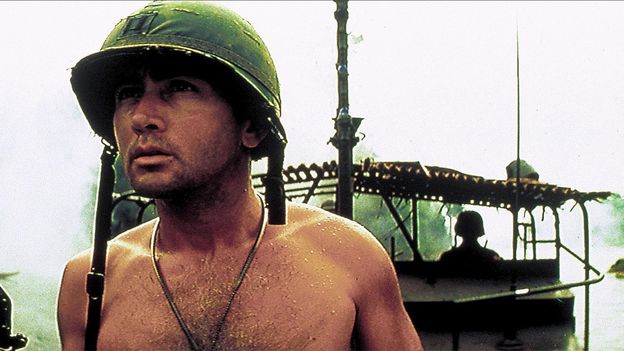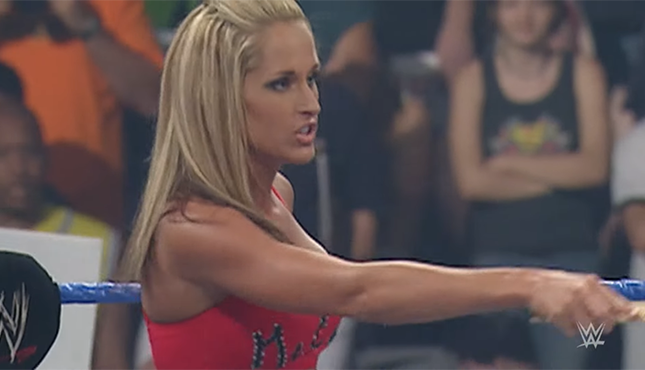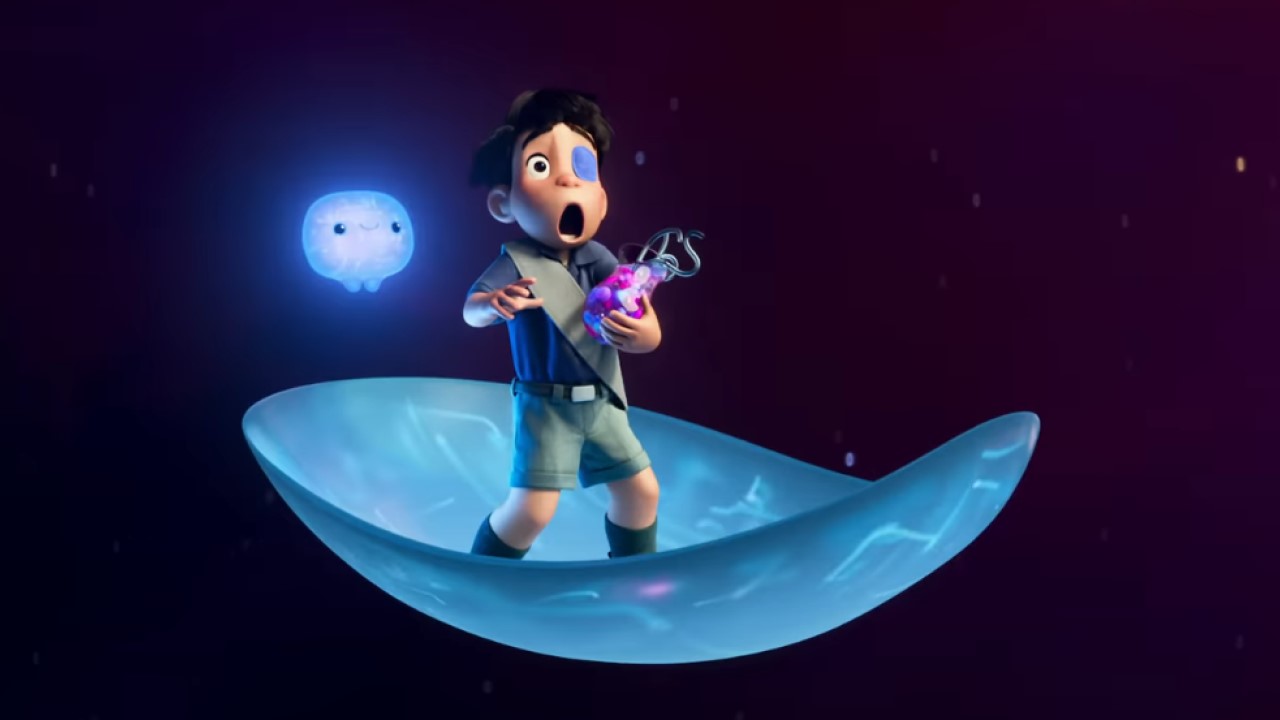The annals of cinematic history are replete with tales of challenging productions, but few rival the legendary, unprecedented descent into chaos that defined the making of Francis Ford Coppola’s seminal 1979 Vietnam War epic, ‘Apocalypse Now.’ Far from a conventional film shoot, the arduous journey of bringing Joseph Conrad’s ‘Heart of Darkness’ to the screen transformed into a cinematic saga as intense and psychologically demanding as the film itself, ultimately cementing its place as a masterpiece forged in the crucible of extreme Hollywood movie production.
Principal photography for ‘Apocalypse Now’ stretched over an astonishing 16 months in the Philippines, a period marked by an incessant barrage of logistical nightmares and environmental calamities. The unforgiving jungle setting, while visually stunning, proved to be a formidable adversary. Typhoons, a frequent and devastating occurrence in the region, repeatedly wreaked havoc on meticulously constructed sets, forcing costly delays and demanding immediate, often frantic, reconstruction efforts. This relentless battle against the elements was an early indicator of the escalating difficulties that would define the entire filmmaking process.
Compounding the natural disasters was a rapidly ballooning budget that threatened to bankrupt American Zoetrope, Coppola’s independent studio, and indeed, Coppola himself. The director famously mortgaged his own home to finance the spiraling costs, a testament to his unwavering, almost obsessive, commitment to realizing his ambitious vision. This immense financial pressure added a layer of personal desperation to the already volatile atmosphere, pushing the auteur to the brink as he grappled with the sheer scale of the project and its ever-increasing demands.
The cast, too, contributed to the tumultuous environment. Martin Sheen, cast as Captain Benjamin L. Willard, endured immense physical and mental strain, culminating in a severe heart attack on set that brought production to a grinding halt. His near-fatal ordeal underscored the intense toll the Apocalypse Now shoot was taking on its participants. Equally challenging was the arrival of Marlon Brando, cast as Colonel Kurtz, who appeared significantly overweight and notoriously unprepared for his pivotal role, necessitating extensive rewrites and improvisation that further complicated an already strained schedule and creative process.
The relentless jungle environment and the film’s intense, often disturbing, subject matter exerted a profound psychological toll on both cast and crew. The lines between art and reality began to blur, leading to what Francis Ford Coppola famously described as a collective madness that permeated the set. This shared experience of pushing boundaries, of living on the edge of sanity amidst the backdrop of a simulated war, undeniably infused the final product with its raw, visceral power and unsettling authenticity, reflecting the deep personal sacrifices made by all involved.
Ultimately, far from derailing the project, the profound chaos and myriad obstacles that plagued the Apocalypse Now set inadvertently became integral to its enduring legacy. The film’s tumultuous creation contributed immeasurably to its raw, visceral power and its unique, almost feverish intensity. This epic movie production stands as a legendary example of auteur filmmaking pushed to its absolute limits, where the process became as infamous and compelling as the final product, solidifying its status as a masterpiece born from an unprecedented creative inferno.
Discover more from The Time News
Subscribe to get the latest posts sent to your email.





